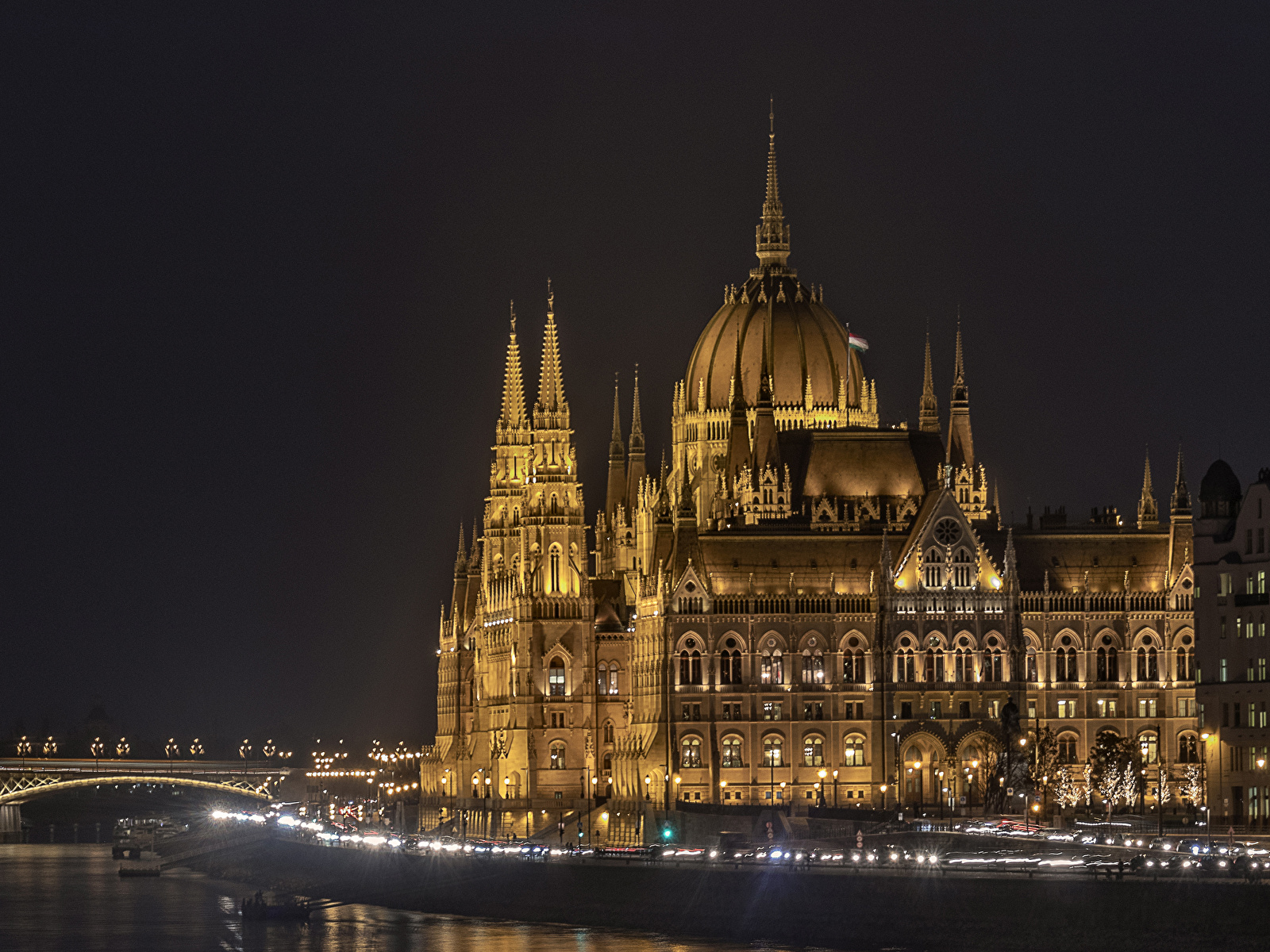
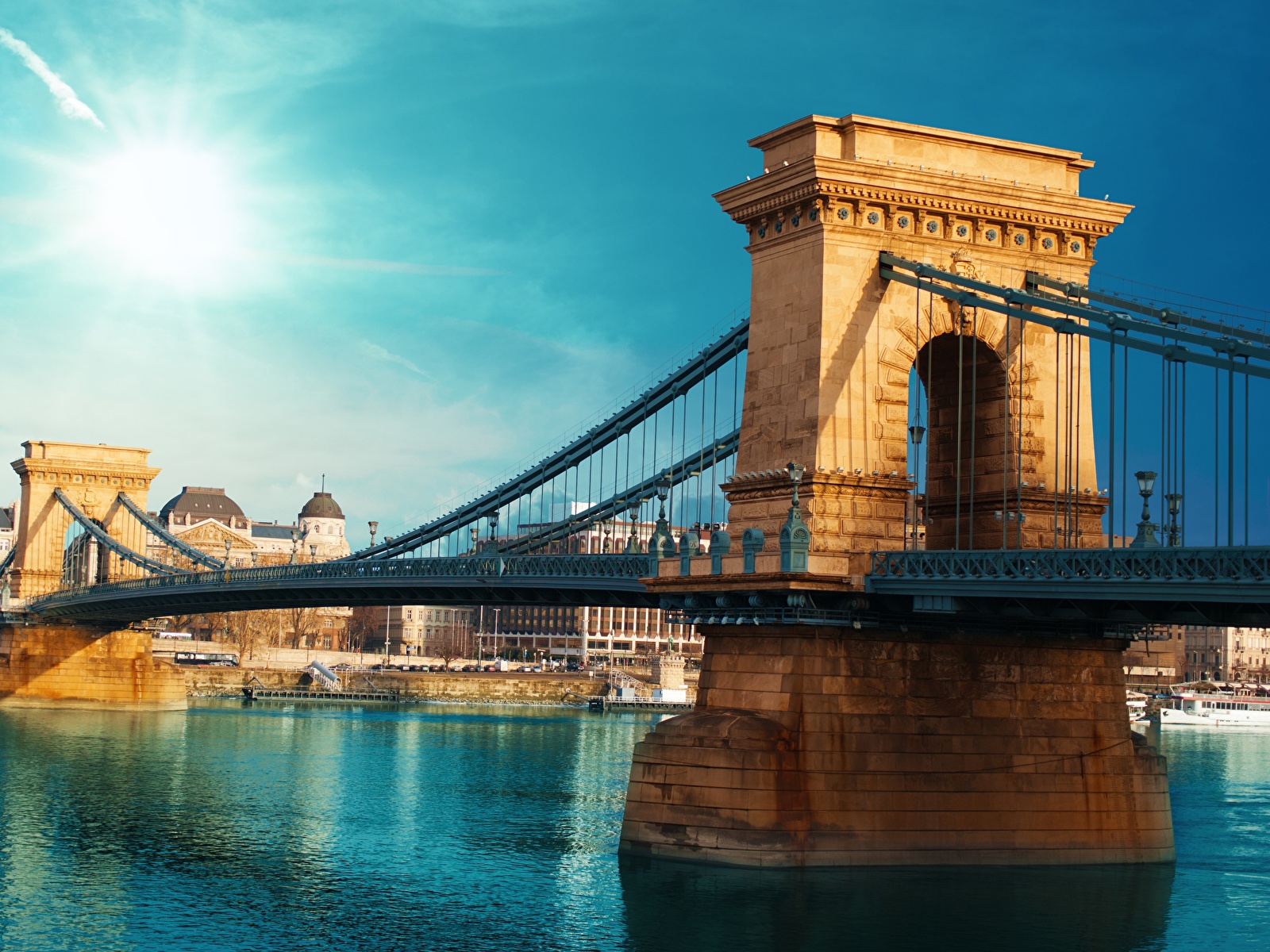
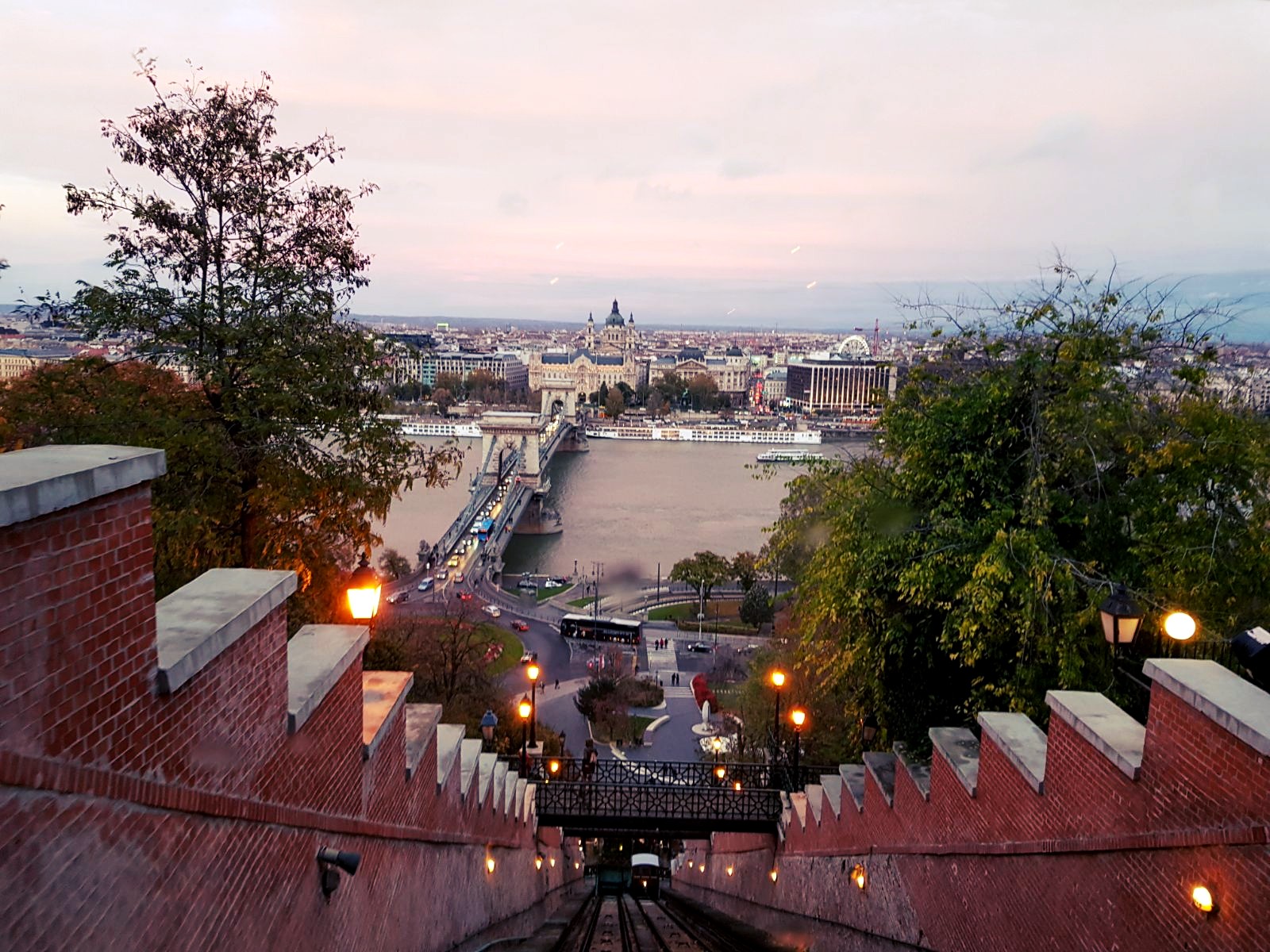
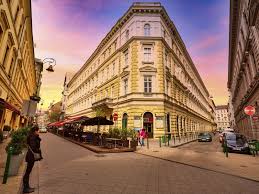
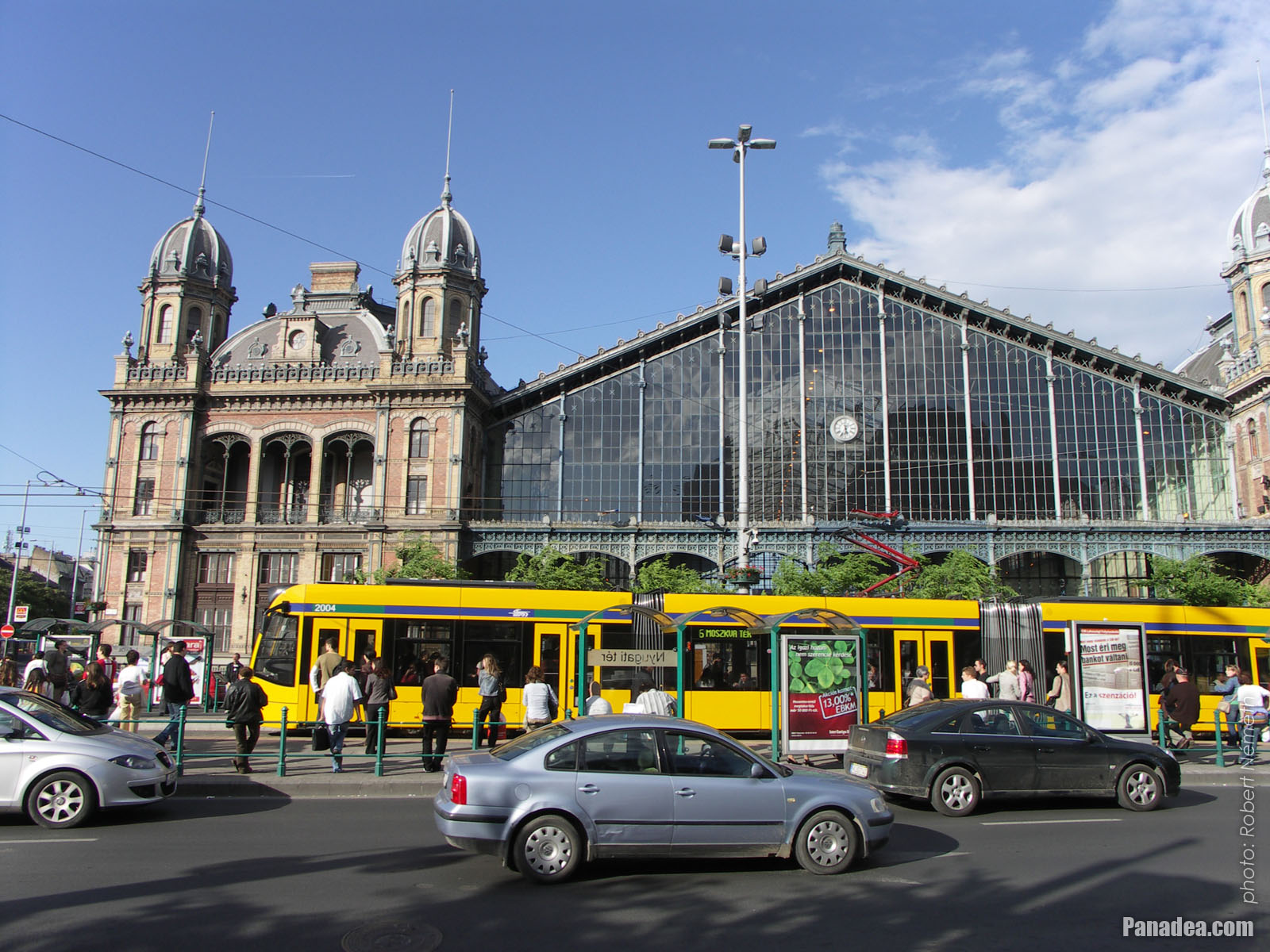
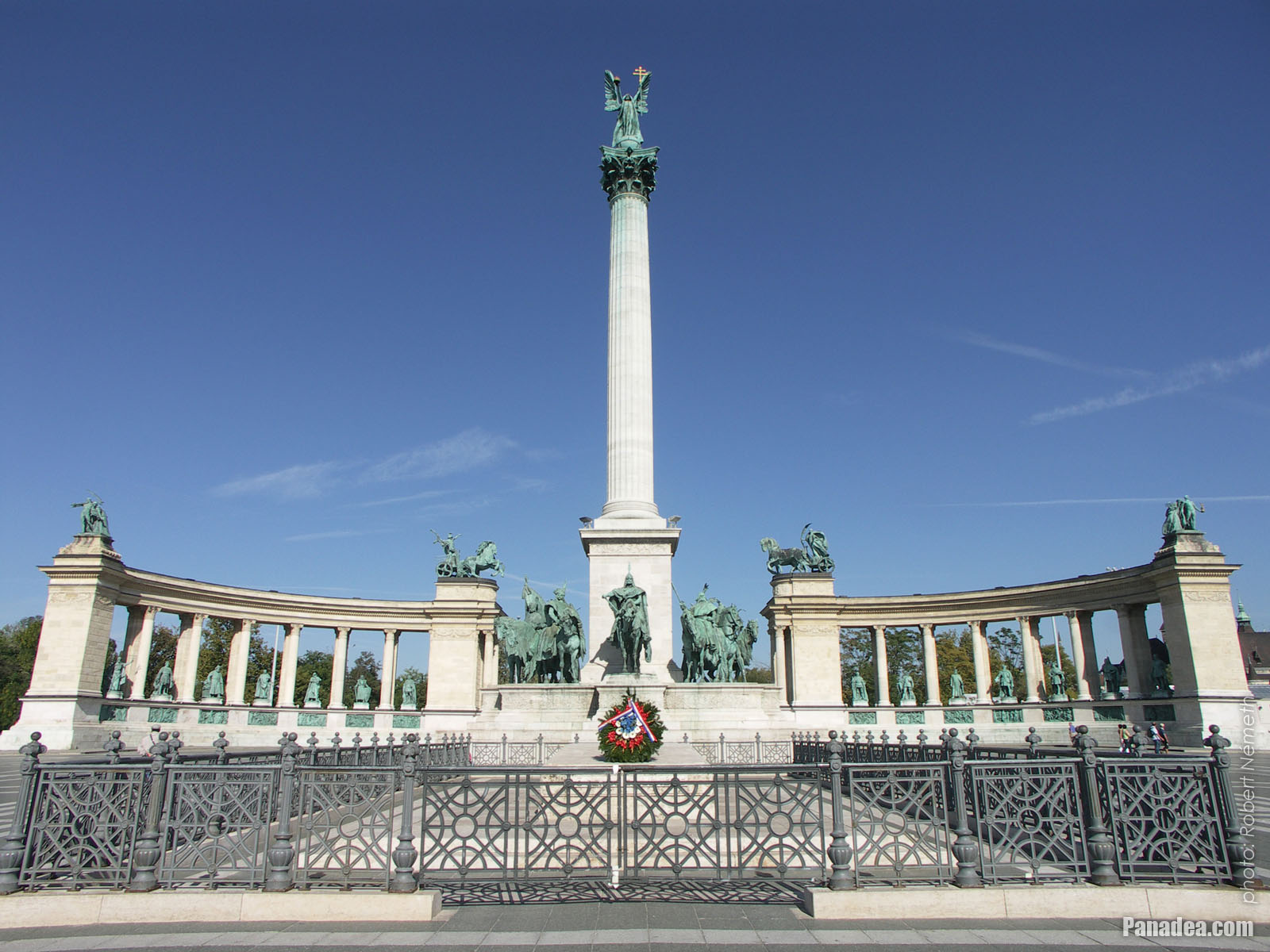
The best place in Hungary.






History
Once called the “Queen of the Danube,” Budapest has long been the focal point of the nation and a lively cultural centre. The city straddles the Danube (Hungarian: Duna) River in the magnificent natural setting where the hills of western Hungary meet the plains stretching to the east and south. It consists of two parts, Buda and Pest, which are situated on opposite sides of the river and connected by a series of bridges.Although the city's roots date to Roman times and even earlier, modern Budapest is essentially an outgrowth of the 19th-century empire of Austria-Hungary, when Hungary was three times larger than the present country. Hungary's reduction in size following World War I did not prevent Budapest from becoming, after Berlin, the second largest city in central Europe. One out of five Hungarians now lives in the capital, which, as the seat of government and the centre of Hungarian transport and industry, dominates all aspects of national life. Tens of thousands of commuters converge on Budapest daily, more than half the country's university students attend school in the city, and about half the country's income from foreign tourism is earned there.
Climate
The climate of Budapest is transitional between the extreme conditions of the Great Alfold and the more temperate climate of Transdanubia, with its abundant rainfall. Mean annual temperature is in the low 50s F (about 11 °C), ranging from a July average in the low 70s F (about 22 °C) to the low 30s F (about -1 °C) in January. Mean annual precipitation is 24 inches (600 mm). Winter snowfalls can be heavy, and the temperature may fall below 5 °F (15 °C), but, on the other hand, heat waves combined with humidity in the summer can make the air oppressive. Flooding in Pest was endemic before the river was regulated in the 19th century. The Danube (blue only in the Johann Strauss waltz) has become heavily contaminated, and air pollution, from which the inhabitants of Buda have largely been able to escape, has afflicted most districts in Pest.
Buda
Buda was the kernel of settlement in the Middle Ages, and the cobbled streets and Gothic houses of the castle town have preserved its old layout. Until the late 18th century, Pest remained a tiny enclave, but then its population exploded, leaving Buda far behind. In the latter half of the 20th century, growth has been more evenly distributed between the two parts. Contemporary Budapest covers 203 square miles (525 square km), of which about half is built up. Buda’s hilltops, still crowned by trees; the Danube flanked by three lower hills; the bridges; Margit (Margaret) Island; and the riverfront of Pest lend a remarkable visual identity to the city.In a central position is Castle Hill (Várhegy), 551 feet (168 metres) above sea level and crowned by the restored Buda Castle (Budai vár, commonly called the Royal Palace). In the 13th century a fortress was built on the site and was replaced by a large Baroque palace during the reign (1740-80) of Maria Theresa as queen of Hungary. The structure was destroyed or damaged and rebuilt several times over the centuries, most recently when it was razed during World War II. Restoration of the palace was completed in the mid-1970s, and it now houses the National Széchényi Library, Budapest History Museum (commonly called the Vármúzeum, or Castle Museum), and the Hungarian National Gallery. The spire of the medieval Gothic Church of Our Blessed Lady (Nagyboldogasszony), commonly called Matthias Church (Mátyás-templom), also thrusts into the skyline above Castle Hill, with the late 19th-century Neo-Romanesque Fishermen's Bastion (Halászbástya) in front and a contemporary hotel next to it.
Pest
The heart of Pest is the Belváros (Inner Town), an irregular pentagon with its longest side running parallel to the Danube; only traces of the original town walls remain. The district accommodates offices, parts of the Loránd Eötvös University, and shops. The Váci utca, a narrow street turned pedestrian thoroughfare, is the most fashionable shopping centre of Budapest. Another, newer pedestrian-friendly street, the New Main Street, also stretches through the city centre. The Town Hall (Fővárosi Tanács), a Baroque building erected between 1724 and 1747, is in the northeast corner of the Belváros next to Pest County Hall (Pest megyei Tanács). The Inner Town Parish Church (Belvárosi plébániatemplom) is the oldest building in Pest. Rebuilt in the Baroque style in the 18th century, as were many other churches in Pest and Buda, the church had been the most impressive of medieval Pest. St. Stephen's Crown, the symbol of Hungarian nationhood, is on display in the Hungarian National Museum, a Neoclassical edifice located just outside the Belváros.
Copyright ©2022 All rights reserved | Made with by Threefan